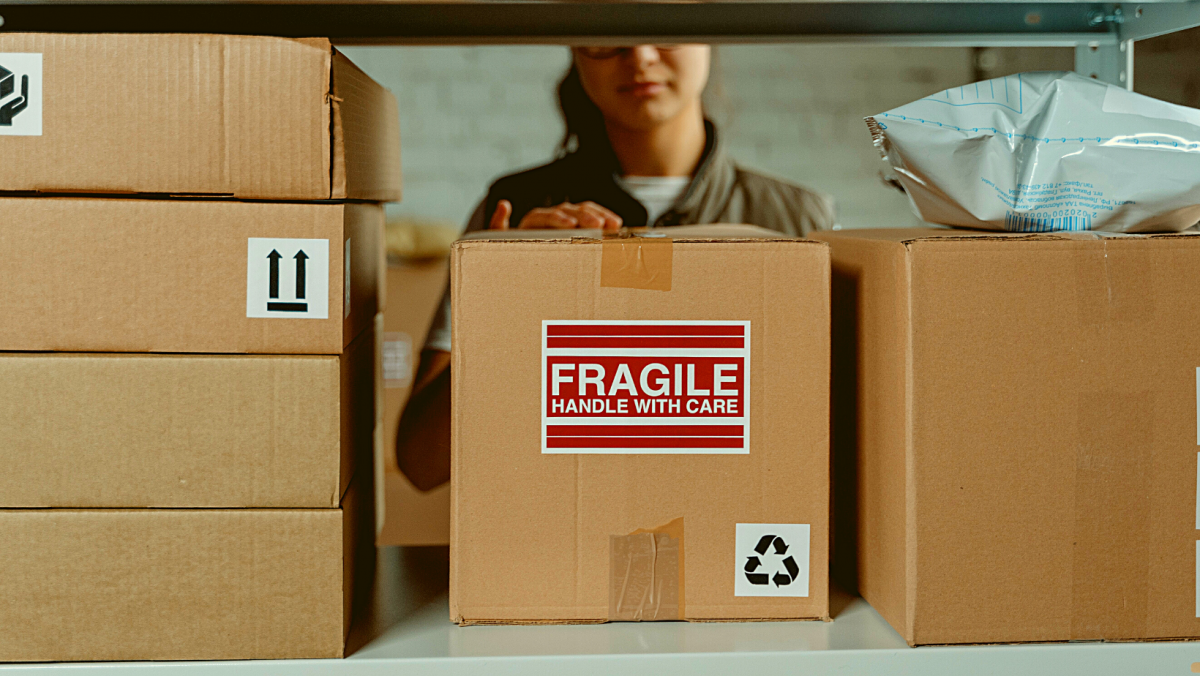Today we are talking about graded card storage. It doesn’t matter if you are storing your cards at home in a closet or a safe. Or even at a bank. In the end, you will always ask yourself “how do I want to preserve my cards beyond that?”. Especially if your collection is gaining value over time you need to address this. And of course there are multiple options out there. So how do you store a graded card?
In short, for basic protection use plastic sleeves to prevent cases from scratches. Make use of cardboard storage boxes if you want to store a smaller graded card collection that is not in high value. However, use Pelican cases for high end graded card collections (more than $1500). In addition, choose a location (home, safe, bank, etc.) that suits to your collection value and protects it against physical damage, sunlight, humidity, water and fire. Regardless of the collection value it is important that each collectors feels good and secure when it comes to graded card storage.
Do you wan’t to read more about storage options that suit to your collection?
Topics of this blog post:
- Which are the best options to store a graded card based on the collection value?
- What to do when the case of a graded card is damaged or scratched?
- Conclusion
Which are the best options to store a graded card based on the collection value?
Long term collectors focus on preserving the card and its value. The case of a graded card will provide some protection against damage and other external factors. But don’t expect much from it! A graded card still needs to be protected against physical damage, scratches, sunlight, humidity, water and fire.
But not all collections require the same amount of protection with respect to location and the material. For small and low value collections it is not required to make use of high end storage solutions as they would almost costs as much as the collection. However, your collection might grow and you need to adapt storage accordingly.

Next to the surrounding material each collector needs to decide where to locate the collection based on its value. I highly recommend for high value collections to store it at a very secure place that also controls parameters like temperature and humidity (e.g. bank safety deposit box). Bad locations to store your collection are attics, humid basements and very sunny locations like a conservatory. Why? External factors like sunlight, humidity and water might change over time and lead to card damage. In other words, you want to choose a location that provides a stable and secure environment.
Also take the risk of fire or water into consideration when choosing a location as a room next to a bathroom or kitchen can be more risky in case of an unforeseen event. Lastly, check if your insurance is covering the value of your collection. If not, I recommend to assess options.
Ok, so let’s talk about the “surrounding material” / storage options.
Basic protection for graded cards:
After receiving your graded cards you typically want to protect the plastic case from scratches. If you don’t protect your graded cards it is likely that your cases will get scratched from handling. Therefore, case sleeves provide a cheap and good solution to add an extra layer of protection. Make sure that they fit like a glove. Perfect fit case sleeves are available for PSA, Beckett and other cases.
Storage options for smaller card collections (less than $1500):

Cardboard storage boxes are perfect for storing smaller graded card collections that are not high in value. Those boxes are available in different sizes and help you to store and organize your collection. But don’t expect much from cardboard boxes as they will not protect your graded cards much from physical damage neither humidity or water.
More sophisticated are slotted graded card boxes which come with a slot for each graded card.
As this storage options is likely to be used at home please make sure to choose a good location. A good option can be a closet that is located in a room with constant room temperature and low humidity. A bad location is surely anywhere at the attic or a humid basement. As in this surrounding the cardboard storage box will not provide good protection.
Storage options for high end card collections (more than $1500):
If your are entering a higher collection value (meaning bigger than $1500) you should think about adding more protection material as preservation is key to not damage your cards over time. As already said, cases from grading companies won’t protect your cards against humidity and UV rays. Especially if you store graded cards in a safe, the pressure inside can be a problem and might result in high humidity.
Therefore, Pelican cases are the perfect option. They are watertight, crush- and dust-proof. More importantly, the automatic pressure equalization valve keeps water out and their foam is customizable. Also add ons like locks and name tags are available. However, please note that you need to customize / cut the foam according to your needs.
For a smaller number of high end cards (about 6-9) have a look at this small Pelican 1120 case. It is easy to carry on and chances are high that it will also fit into your safety deposit box.
For big collections or even sealed boxes check this medium Pelican 1400 case or even large Pelican 1510 case. Those are perfect for trade shows or when making a deal.
What to do when the case of a graded card is damaged or scratched?
If your case from PSA, BGS, SGC or CGC is damaged or scratched you can submit it for “reholder” service at each grading company. The card will be removed and put into a new case after the grading company determined the that the graded card is genuine. Your graded card will also receive the latest label. Re-grading of the card is excluded if you submit for “reholder” service.
Another option is to make use of a crossover service. For example, to re-grade a PSA card by BGS. As a result you will have your card in a new BGS case. But keep in mind that this service will cost more as your card has to go through the standard grading process again.
Conclusion
To sum up, there are multiple options out there to store a graded card. Firstly, you need to understand for yourself what kind of storage you need based on your collection value and your planning. Secondly, you need to make a decision and invest in the right storage equipment accordingly. Lastly, assess your storage and options over time as your collection value might change.
So how do you store graded cards? Please let me know in the comment section below!
Lastly, if you value this article or found it interesting, it would mean a lot to me if you could share it on Social Media!
Please note: This is my personal recommendation. Please inform yourself about further storage options. There is no guarantee to prevent your collection from any storage damage.

